Facials are soothing pockets of relaxation that can help you to centre yourself, bond in a facial session or take some time from being overworked! If you’re thinking about getting your first facial, today we’re going through what you should expect.
What is a facial?
A facial is a set of skincare treatments for your face. The goal of a facial is to gently exfoliate your skin, wash away impurities and remove dead skin. Facials are usually done in aesthetic clinics, dermatologists, beauty salons and day spas. Facials change from provider to provider, with different skincare products used and different packages available.
The core of any facial treatment includes steaming, exfoliation, and extraction to refresh the skin, boost collagen production, and improve overall skin health and appearance. Licensed aestheticians must perform these procedures to ensure safety and efficacy.
Facials use a variety of techniques and products, such as masks, creams, exfoliators, and serums. The goal is to deeply cleanse the skin, remove dead skin cells, and treat common skin issues like acne, dryness, and signs of aging. Each facial session is tailored to the individual’s skin type and specific concerns, making it a highly personalized skincare treatment.
How is a Facial Done?
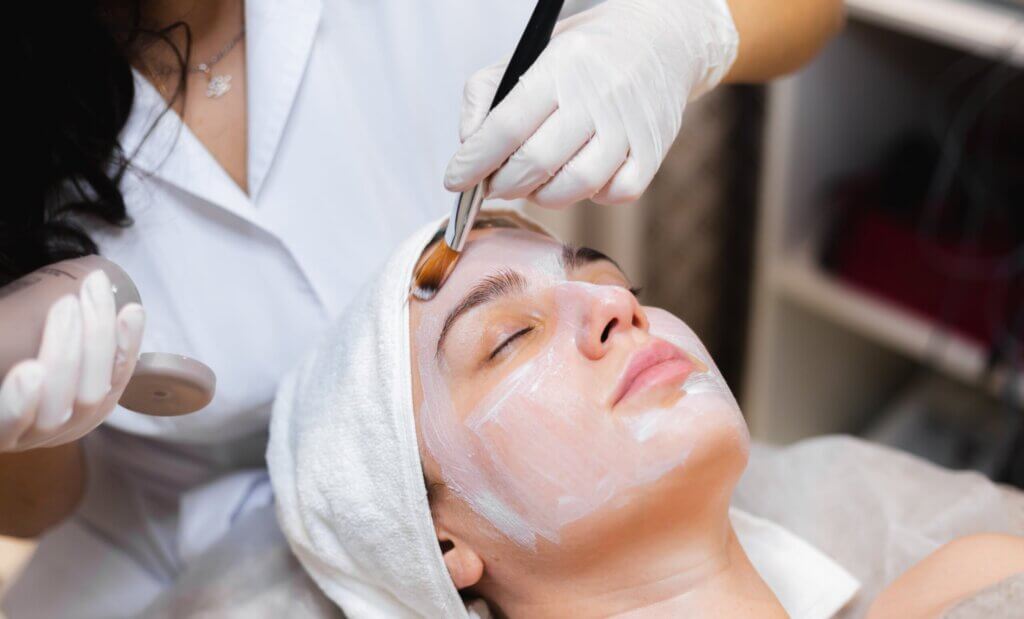
As mentioned, facials change from spa to spa and clinic to clinic. However, a facial’s general routine and outline remain the same.
Preparation: Some spas will treat you with a comforting robe before the facial begins, especially if you are booked for a body massage following the facial. Sometimes, you will be asked to lie on the bed whilst relaxing oils such as lavender are massaged into your shoulders. Again, the preparation stage is different from spa to spa.
Cleansing: Before the facial begins, your skin will be cleansed. Depending on your skin type, a special soap is used to clean oily or dry skin. Some spas will use water in place of soap. The only essential outcome of cleansing is that the skin is finished as clean and free from surface dirt. This stage is soothing, with the aesthetician using tender strikes to cleanse your skin.
Exfoliating: After the makeup has been cleansed from your skin, you will be exfoliated. Some spas will use a gentle exfoliator, whilst others use facial scrubs. In this process, dead skin cells and impurities not embedded into the skin are exfoliated away.
Steaming: Many spas will skip the steaming stage, but others believe it is one of the most important parts. Steaming opens the pores in the skin, so it is prepared for extraction. The aesthetician will aim the steamer at your face for 10 to 15 minutes, ensuring you can breathe properly and comfortably.
Extraction: The hardest part of facials for both client and aesthetician is extraction. After your pores have been opened by steaming, the aesthetician will remove skin impurities within the outer layers of the skin. Extraction can remove mild acne, blackheads and whiteheads. Any imperfections that are deep in the skin will need to be discussed with a dermatologist.
Finish: The final stage may include applying a cold towel or gauze mask to close the pores, or even a mild laser treatment to enhance the facial’s results. The finishing touches often involve moisturizing and applying products to protect and hydrate your skin. Some spas might use serums, masks, or light therapy as part of this stage.
What Are the Benefits of a Facial?
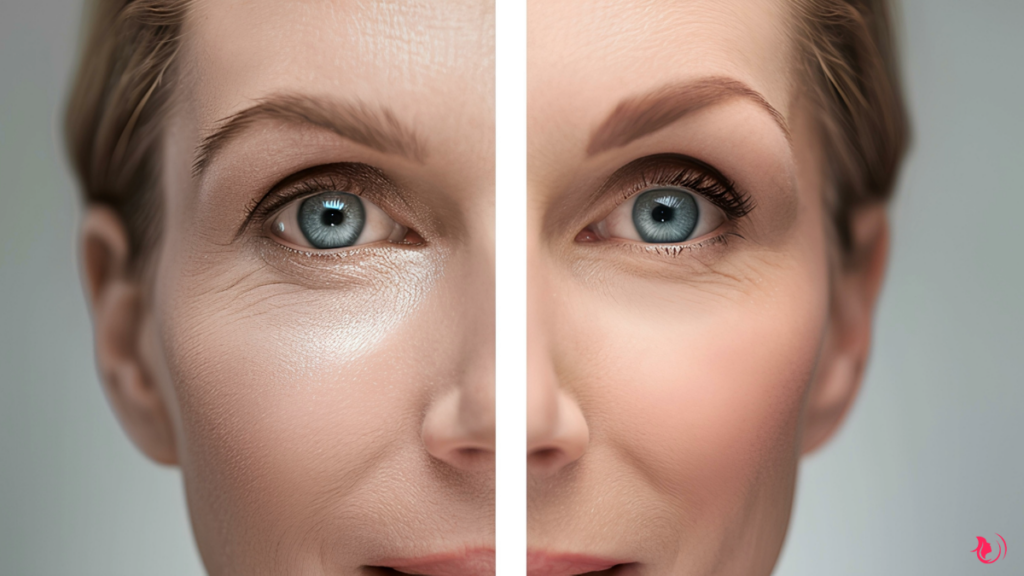
The multi-step, multi-purpose skin treatment has some wonderful benefits for your skin. They include:
- Deep Cleaning: Facials provide a thorough cleanse that removes bacteria, dirt, and impurities from the skin’s surface and deep within the pores. This deep cleaning process helps to unclog pores, making your skin look and feel softer and smoother. Additionally, clean pores enhance the absorption of other skincare products, making your routine more effective.
- Anti-Ageing: Anti-aging facials slow down the aging process by increasing blood circulation and collagen production, which are crucial for maintaining skin elasticity and reducing wrinkles. These facials often use specialized products and techniques to target signs of aging, such as fine lines and sagging skin, keeping the skin youthful and vibrant. Ingredients like retinol, hyaluronic acid, and peptides are commonly used to stimulate collagen and promote skin renewal.
- Relaxing: Facials are not just about skincare; they are also a deeply relaxing experience. The gentle massage elements of a facial can relieve stress and tension, providing a holistic benefit to both mind and body. Aromatherapy, soothing music, and a tranquil environment contribute to the overall calming effect, leaving you feeling rejuvenated and peaceful.
- Skin Rejuvenation: Every step in a facial is designed to refresh and rejuvenate the skin. From exfoliation to hydration, the treatments aim to remove dead skin cells, stimulate new cell growth, and provide essential nutrients to the skin. Regular facials can significantly improve skin tone, texture, and overall appearance, giving you a healthy and radiant complexion.
- Zap Skin Issues: Regular facial treatments will help treat and heal blackheads, whiteheads, pimples, sun spots, sun damage, acne, inflammation, redness, rosacea, dehydration, wrinkles, fine lines, acne scarring, loss of firmness and elasticity. Treatments may include targeted serums, masks, and extraction techniques to clear and heal the skin.
The Different Types of Facials
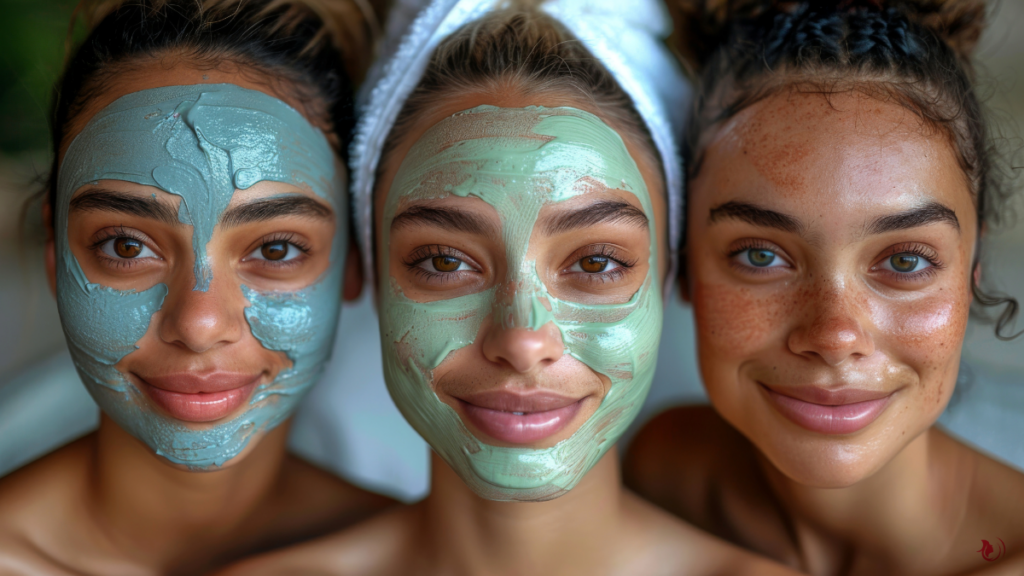
As mentioned, there are many different facials, so we can’t go through all of them today as we’d be here forever. However, we thought it would be a good idea to go through some of the most common ones so you can get an idea of your options:
Basic: A basic facial includes steaming, exfoliation, and moisturizing to maintain healthy skin. This type of facial is ideal for routine skin maintenance, helping to keep the skin clean, hydrated, and balanced. It’s perfect for those looking for a quick refresh and general upkeep of their complexion.
Acne reduction: An acne reduction facial focuses on reducing excess oil and managing acne over the long term. This facial often includes extraction of blackheads and whiteheads, as well as treatments specifically designed to combat acne-causing bacteria. Products containing salicylic acid, benzoyl peroxide, and anti-inflammatory ingredients are commonly used to reduce breakouts and soothe irritated skin.
Aromatherapy: An aromatherapy facial uses essential oils for a therapeutic and sensory experience. This type of facial combines skincare benefits with the relaxing properties of aromatherapy, providing a holistic treatment that enhances both skin health and emotional well-being. Essential oils like lavender, chamomile, and eucalyptus are used to calm the skin and the senses.
Anti-Ageing: Anti-aging facials utilize collagen-boosting compounds and other anti-aging ingredients to reduce wrinkles and sagging skin. These facials are designed to enhance skin firmness and elasticity, using treatments like retinoids, peptides, and hyaluronic acid to promote skin renewal and hydration. They aim to restore a youthful appearance by targeting and minimizing visible signs of aging.
Chemical Peel: A chemical peel facial removes the top layer of skin to reveal fresh, healthier skin beneath. Chemical peels can address pigmentation issues, fine lines, and dull skin by promoting cell turnover and improving skin texture. Different strengths of acids, such as glycolic, lactic, or salicylic acid, are used depending on the desired depth of the peel and specific skin concerns being treated.
Common Ingredients Used
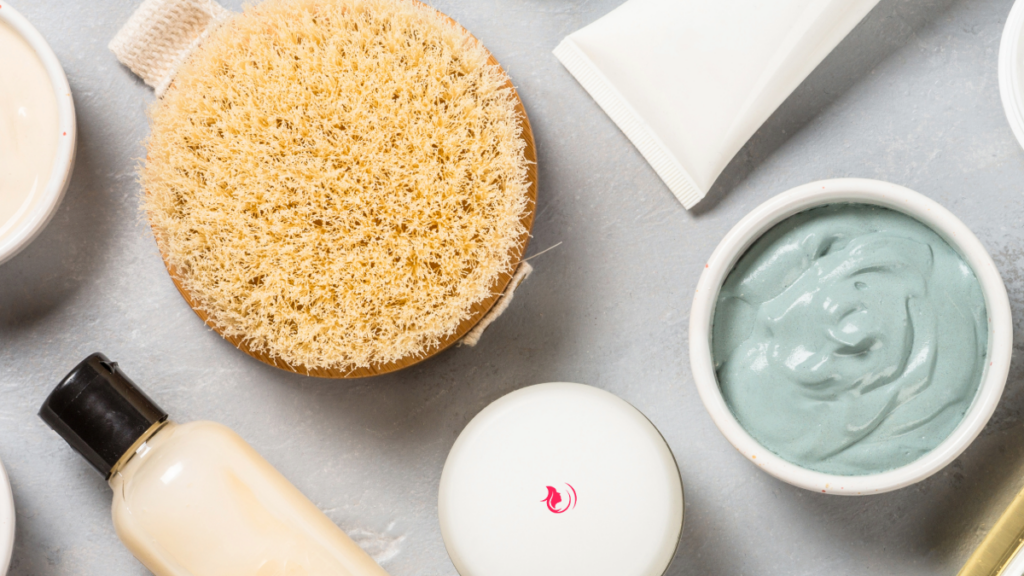
Cleansing Agents
Surfactants – These ingredients help to remove dirt, oil, and impurities from the skin. Common examples include sodium lauryl sulfate and cocamidopropyl betaine.
Glycerin – A humectant that attracts moisture to the skin, helping to keep it hydrated and smooth.
Exfoliants
Alpha Hydroxy Acids (AHAs) – Such as glycolic acid and lactic acid, these help to remove dead skin cells and promote cell turnover.
Beta Hydroxy Acids (BHAs) – Salicylic acid is a common BHA that penetrates deeper into the pores to remove excess sebum and dead skin cells.
Enzymes – Natural enzymes from fruits like papaya (papain) and pineapple (bromelain) help to gently exfoliate the skin.
Hydrating Ingredients
Hyaluronic Acid – A powerful humectant that can hold up to 1,000 times its weight in water, making it excellent for deep hydration.
Aloe Vera – Known for its soothing and hydrating properties, aloe vera helps to calm the skin while providing moisture.
Anti-Aging Ingredients
Retinoids – Vitamin A derivatives such as retinol and retinoic acid promote collagen production and improve skin texture.
Peptides – Short chains of amino acids that help to stimulate collagen production and improve skin firmness.
Antioxidants – Vitamins C and E, ferulic acid, and green tea extract protect the skin from free radical damage and promote a youthful appearance.
Brightening Agents
Vitamin C – Known for its brightening and antioxidant properties, vitamin C helps to even out skin tone and reduce the appearance of hyperpigmentation.
Niacinamide – Also known as vitamin B3, it helps to brighten the skin, improve elasticity, and strengthen the skin barrier.
Moisturizers
Shea Butter – A rich, nourishing moisturizer that helps to soften and smooth the skin.
Squalane – A lightweight, non-comedogenic oil that mimics the skin’s natural oils, providing hydration without clogging pores.
Soothing Ingredients
Chamomile Extract – Known for its anti-inflammatory and calming properties, chamomile helps to soothe irritated skin.
Cucumber Extract – Provides a cooling effect and helps to reduce puffiness and soothe the skin.
Specialized Treatments
Clay and Mud – Bentonite, kaolin, and other types of clay help to draw out impurities, control oil, and detoxify the skin.
Algae and Seaweed Extracts – Rich in minerals and antioxidants, these ingredients help to nourish and detoxify the skin.
Facials in Conclusion
The type of facial you opt for will depend on your needs. For example, there are facials for acne-busting, skin rejuvenation, removing blemishes, managing pigmentation, oily skin, dry skin etc. The list of facials really can go on forever!
Speak to a qualified aesthetician, and they will be able to recommend the best facial mask for your skin type.

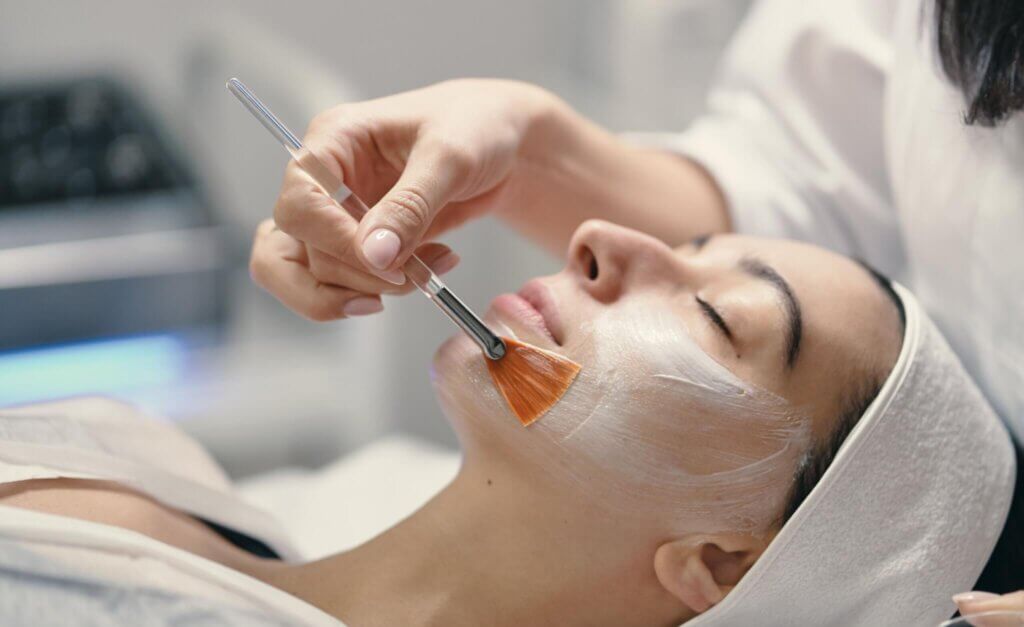

2 Comments
There is nothing as rewarding as a good facial. I try to have one at least once every 2 months or so. Aromatherapy is my favorite as I am a sucker for amazing smells. It just makes the experience that much more amazing and relaxing.
As a fellow barber who specializes in men’s facials, I couldn’t agree more with the article’s emphasis on the personalized nature of facials. Each client who walks through my door has unique skin concerns and goals, and it’s my job to tailor their facial to meet those needs. Whether it’s a deep cleansing for acne-prone skin, a hydrating treatment for dryness, or an anti-aging facial to combat wrinkles, the key is understanding each client’s individual needs and customizing the experience accordingly. The article does a great job outlining the different types of facials and their benefits, which I’m sure will be helpful for your clients who are new to facials.